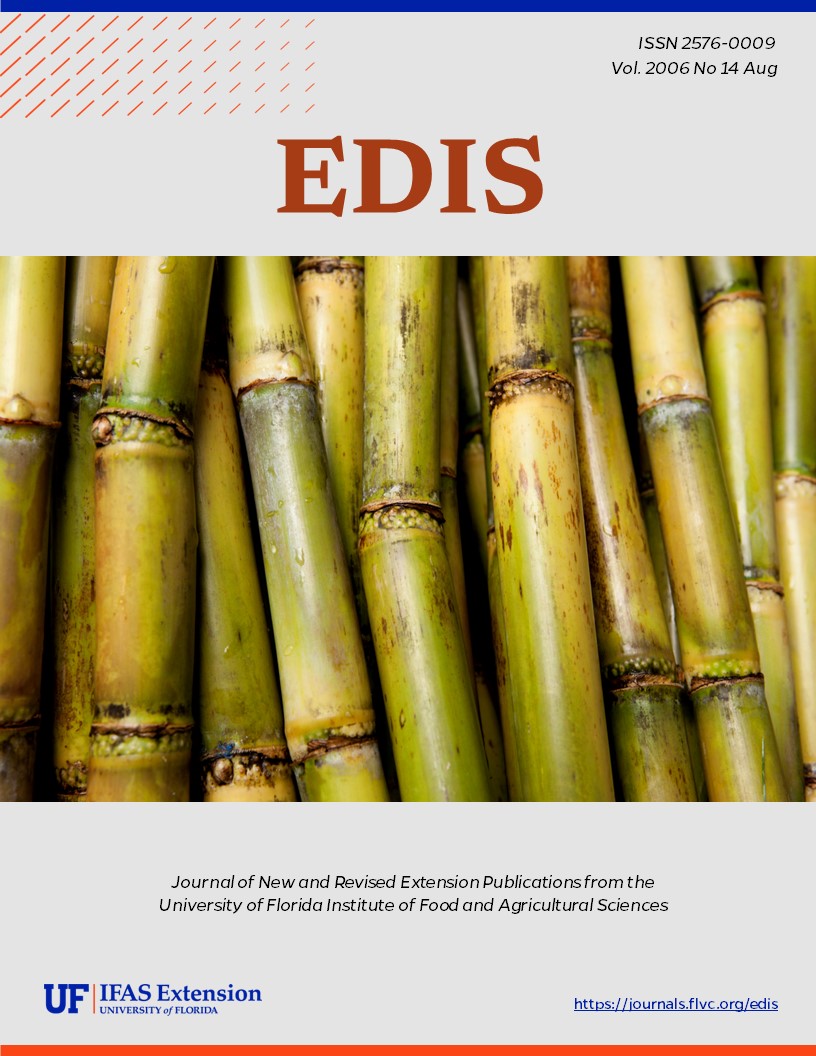Abstract
This document outlines the essential elements of wildlife habitat, focusing on the importance of cover. It discusses various types of cover, such as vegetation, brush piles, and tree cavities, and their roles in providing living space for wildlife. The article emphasizes the need for habitat diversity and the benefits of different cover components for various species. It also highlights the importance of nesting sites, travel corridors, and the management practices that can enhance habitat quality for wildlife on forest lands. First published July, 2001.
References
Decker, D.J. et al. 1990. Wildlife and Timber from Private Lands: A Landowner's Guide to Planning. Info. Bul. 193. Ithaca, NY: N.Y.S. Coll. of Agr. and Life Sci. Cornell Univ., 56p.
Dickson, James G. et al., ed. 1987. Managing Southern Forests for Wildlife and Fish. General Tech. Report SO-65. New Orleans, LA: USDA Forest Service, 85p.
Fazio, James R. 1987. The Woodland Steward. Moscow, ID: The Woodland Press, 211p.
Hunter, Malcolm L. Jr. 1990. Wildlife, Forests, and Forestry. Engelwood Cliffs, NJ: Prentice Hall, Inc., 370p.
Shaefer, J. 1990. Helping Cavity-Nesters in Florida. SS-WIS-901. Gainesville: University of Florida Institute of Food and Agricultural Sciences.
Shalaway, S. and R. W. Altman. 1986. Wildlife Habitat. F-9011. Cooperative Extension Service, University of Oklahoma. 3 pp.

This work is licensed under a Creative Commons Attribution-NonCommercial-NoDerivatives 4.0 International License.
Copyright (c) 2024 UF/IFAS

